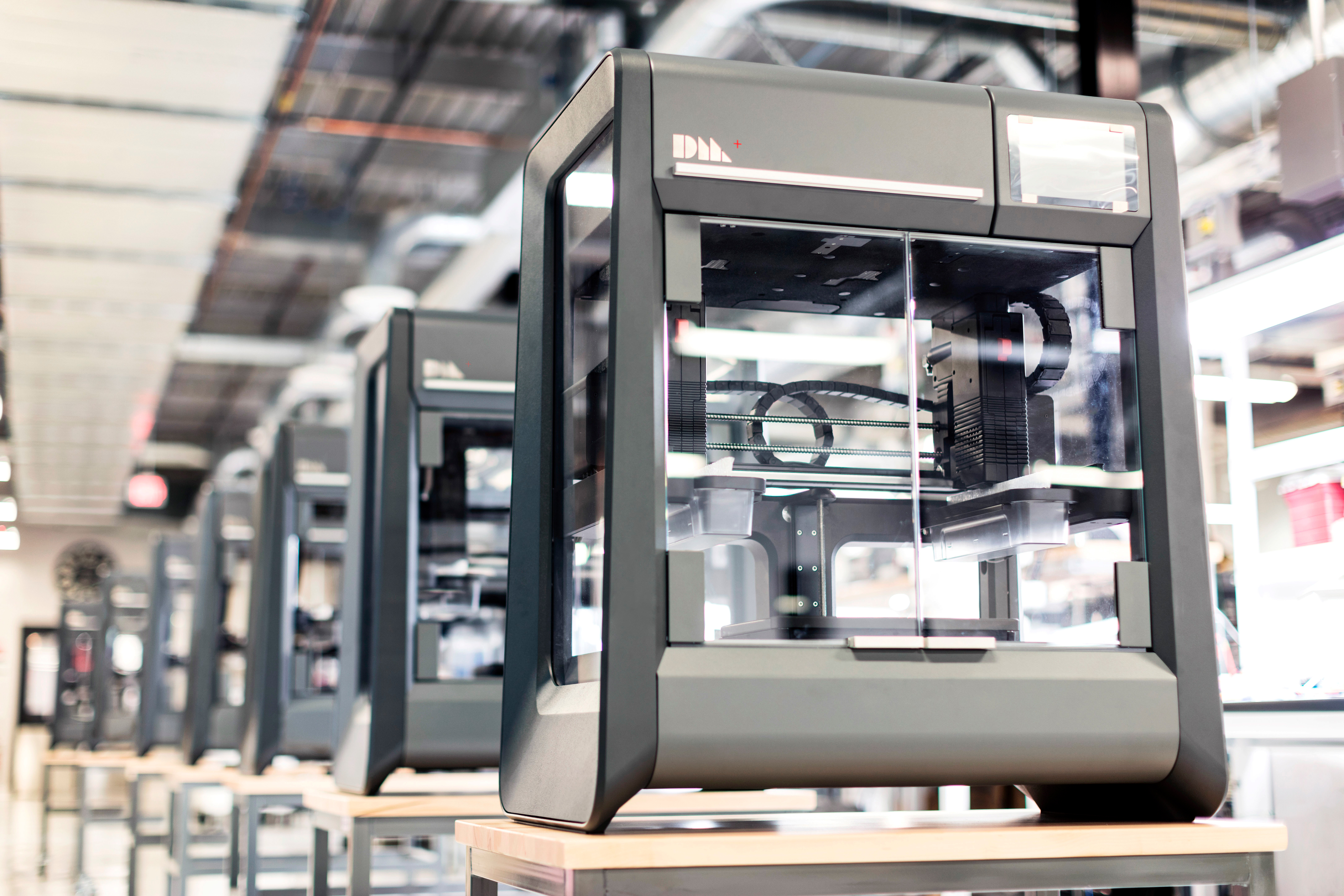Desktop Metal’s 3D Printer Studio System is now CE certified. In other terms, the 3D Printer meets all the European standards to be used in European countries. The US-based manufacturer therefore is ready to start Studio Systems shipments in Europe.

The office-friendly metal 3D Printing system
At the beginning of this year, the manufacturer launched their office-friendly metal 3D Printing system. The machine has been designed with manufacturers and engineers in mind who struggle to get access to quality and affordable metal 3D Printing.
Already used in the USA by companies such as Ford, Stanley Black and Decker, Google’s ATAP, Goodyear, Owens Corning, and John Zink Hamworthy Combustion, the machine will now be shipped in European countries including France, Germany, Greece, Italy, Portugal, Spain, the Netherlands, and the United Kingdom.
Ideal for prototyping and low volume production, first users of the 3D printer said it offers a 10 times larger sintering volume than competitive systems, enables the production of superior parts and can be used in several environments.
The Studio System is designed to make metal 3D printing more accessible, enabling design and engineering teams to print metal parts faster, without the need for special facilities, dedicated operators, or expensive tooling. The three-part solution, including printer, debinder and furnace, automates metal 3D printing by tightly integrating through Desktop Metal’s cloud-based software to deliver a seamless workflow for printing complex metal parts in-house—from digital file to sintered part.
You can now post free of charge job opportunities in the AM Industry on 3D ADEPT Media.
For further information about 3D Printing, follow us on our social networks and subscribe to our newsletter : Facebook, Twitter, LinkedIn & Instagram !
Would you like to be featured in the next issue of our digital magazine? Send us an email at contact@3dadept.com
https://pagead2.googlesyndication.com/pagead/js/adsbygoogle.js
(adsbygoogle = window.adsbygoogle || []).push({});





